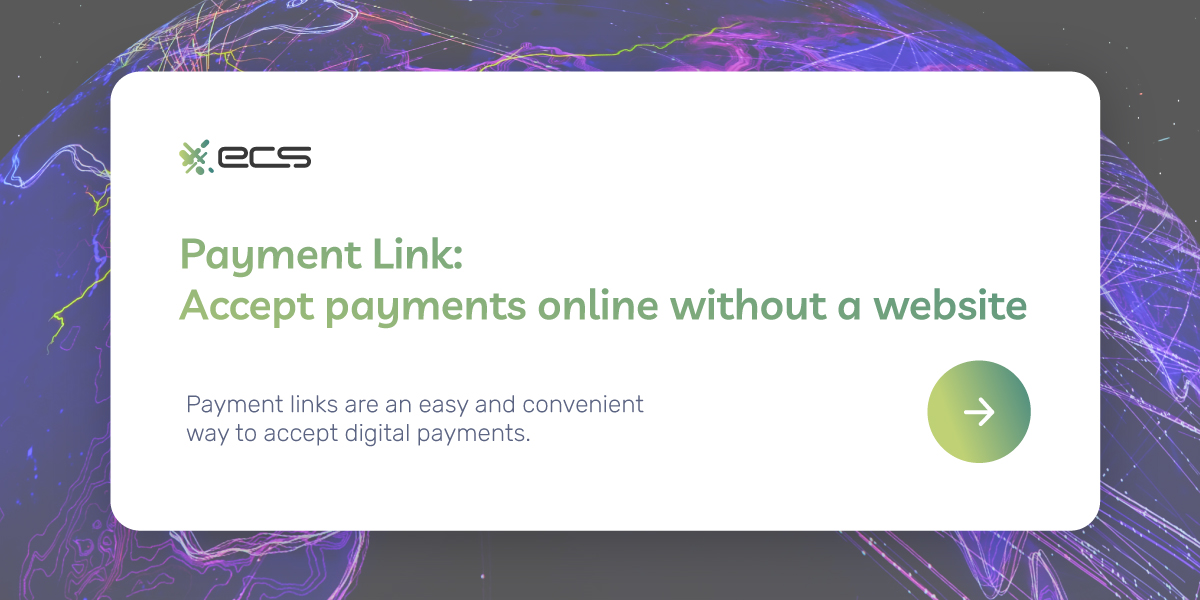Every business needs a website, right? Not really. What if you want to get paid without taking payments in person, picking up the phone, or waiting in the mail for paper checks? Don’t you at least need a website for that?
What Are Payment Links?
Payment links are hyperlinks you can send to customers. When they click on the link, they are taken to a webpage where they can input credit card or debit card information to pay for the products or services you’ve provided.
This payment gateway is independent of your business. You don’t need to manage the page, collect payments, or worry about payment processing. If you want, you may be able to customize the page to a certain extent. You may (for instance) be able to list a few different items or services the customer can pay for using the payment link.
After generating a payment link, you have the flexibility to share it across various platforms. You can email, snail-mail, text message, or post it on Instagram or other social media accounts. It’s a simple way to collect payment details from anyone who clicks on it.
Depending on your payment processor, you can collect a variety of payment methods: credit and debit cards, Apple Pay, Google Pay, and perhaps even ACH transfers (e.g., right from a bank account).
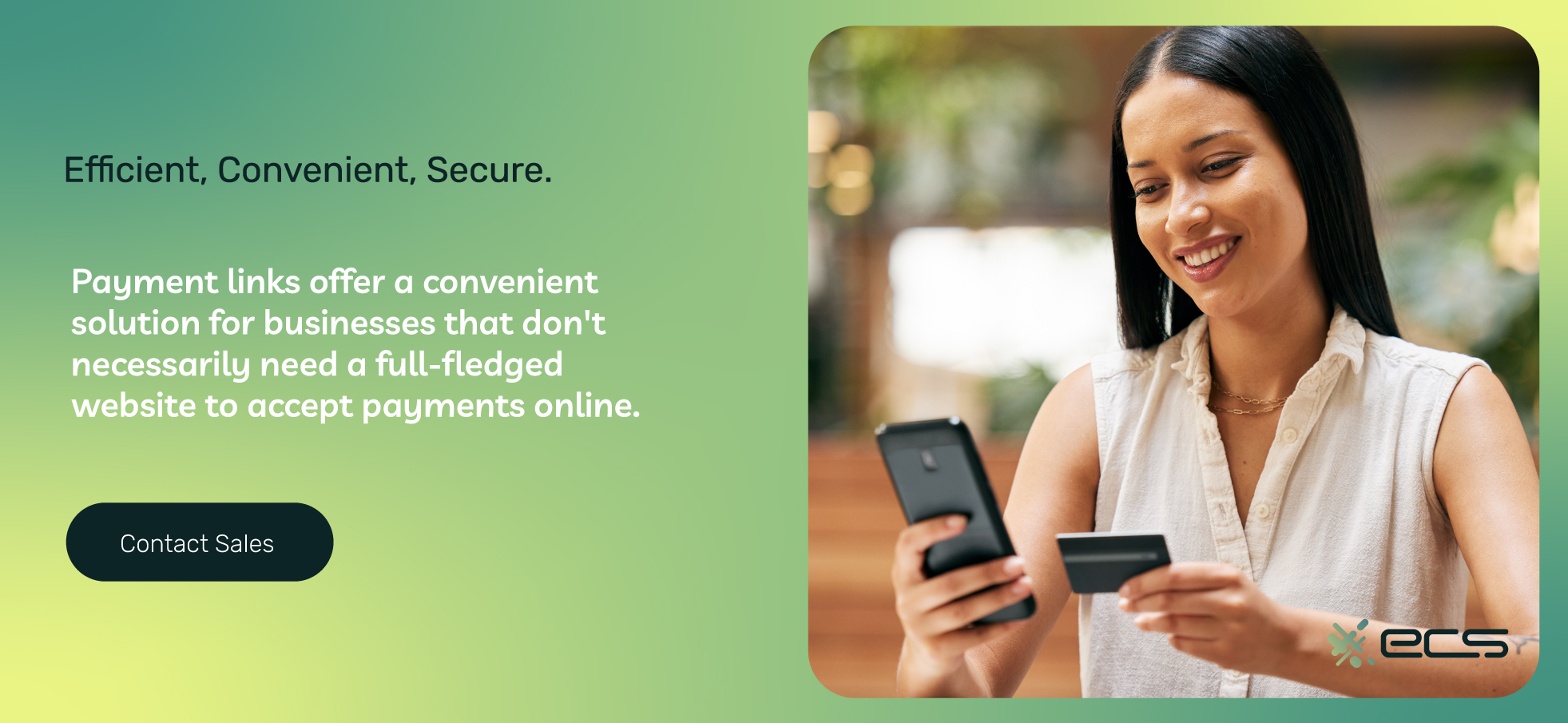
The True Cost of a Website
Today, we think every business has a website. Pets have Facebook pages, after all. Shouldn’t a business, even a sole proprietor, have its own website? We’ve been so conditioned to view websites as a litmus test of legitimacy that any business without one strikes as unprofessional.
But what is the cost of keeping up with the (proverbial) Jones family in the B2B sphere? For starters, most web hosting services charge at least $18 to $20 per month just for the site builder. They may charge an additional $30 for the domain name for the year. Some builders, like WordPress, notoriously do not include SSL certificates, which can cost $100 per year.
We’re already up to nearly $300 per year, and that’s without any extra bells and whistles we might want to add or plugin (forms, cookies, pop-ups, and other bells and whistles). Expenses do not go down if your business increases in size.
In fact, they’ll go up. You’ll need IT assistance to defend the site from hackers and other malignant forces. When you get too big for a hosted site (by the likes of Shopify or GoDaddy), you’ll need designers, copywriters, UX developers, and more.
Developing a website from scratch can cost up to $9,000 for a simple, 16-page site, $55,000 for an eCommerce site, and $75,000 or more for applications (e.g., some type of SaaS). This doesn’t include all the annual maintenance and IT defense just mentioned.
What If All You Need Are Card Payments?
Is that really worth it for your small business? What if you only sell a handful of products? What if your business revolves around services? Let’s take a look at that example in particular. Many service providers don’t really need a website.
If they want to advertise their business online, they can use Yelp, Google, Facebook, and industry-specific sites or marketplaces. A website might be important if it can draw in extra business, but most sole proprietors don’t have time to dedicate to SEO (that is, building up organic web traffic).
These sole proprietors can probably skip the “website thing” entirely and just rely on payment links. The links can be sent to customers, posted on social media, or included in marketing materials. No more agonizing over color palettes or fonts.
What If You Still Want a Website?
Some small businesses (and sole proprietor service providers) still want a website for branding purposes. That’s fine. But does your website offer robust, secure payments? Do you have to pay extra to handle online transactions?
Even if you don’t, how much is the site builder charging you to collect payments? Let’s look at builders like Shopify, for instance. Shopify is a well-known starting point for millions of online retailers, but it also charges flat-rate fees.
These flat rates are disadvantageous to most businesses. They might do better with a payment link serviced by a payment processor with lower fees. The site builder hosting your website may be partnered with online payment processors (like WooCommerce) that offer similarly punitive fees.
Why not skip these suggested partnerships and work with a payment processor who can offer fees that make more sense for your business? They can also make sure their payment link works with your website.
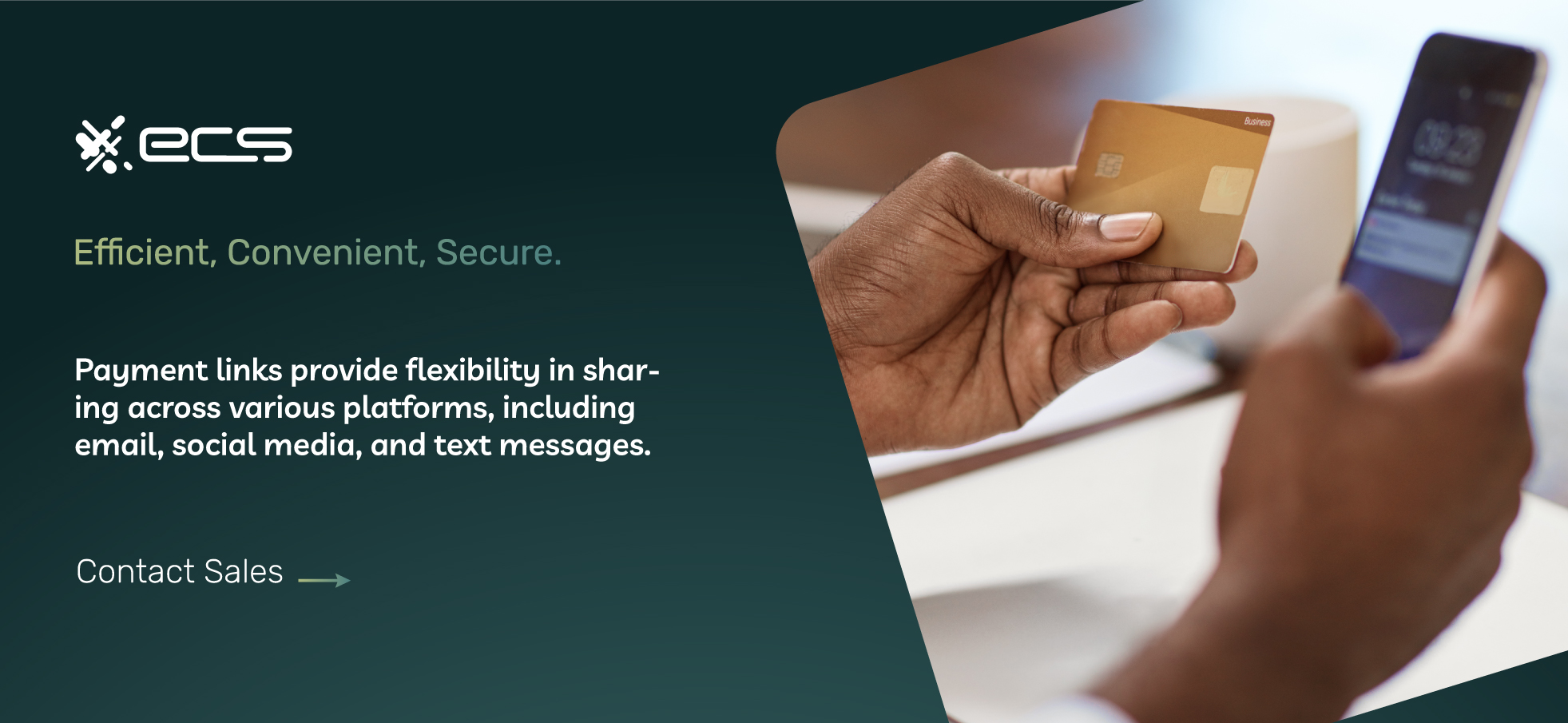
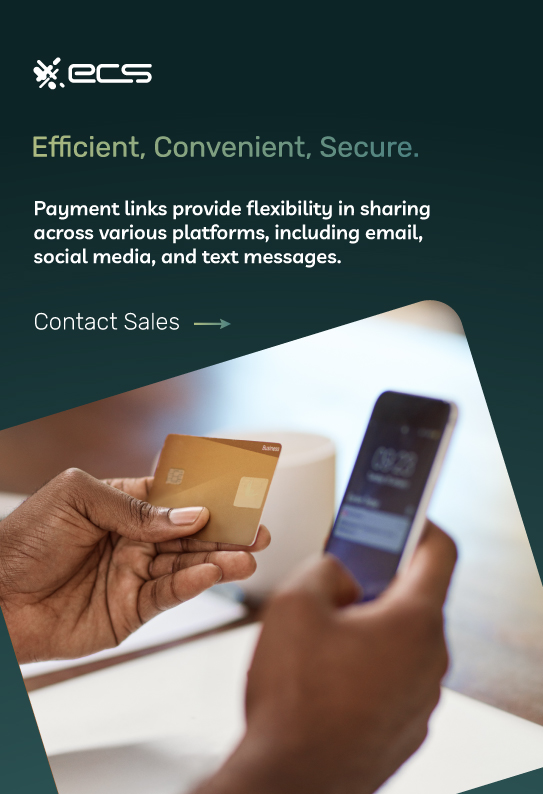
Tips For Using Payment Links On Social Media
Here’s the only tip you need for social media payment links: put them everywhere. Put them in your bio and all of your posts. Put them in your stories. Encourage your followers and friends to share them. On many platforms, this has become very easy.
For instance, Instagram will now let you put links into stories. You can put the actual link into a story as a “sticker,” but change the user-facing content to read something like “buy now” or “get yours.” These stickers create an enticing CTA (call-to-action), especially when paired with compelling story content (e.g., video).
Did you know that 44% of Instagram users use the platform to shop on a regular basis? In some ways, a payment link is a more direct path to a sale than a website link. Think about it like this: with a website link (posted to social media), your customer leaves social media and goes to your website, where they can get lost, distracted, or fall prey to buyer’s remorse.
By contrast, with a link to a payment page, you can catch them right at the apex of making a decision. Oh, these shoes are cool; I really want them. Click. Buy. Back to Instagram. In this way (e.g., when posted to social media), payment links may be superior to an entire site.
Payment Links In-Person
Payment links are also a great way to generate quick, in-person sales. The easiest way to do this is not with the hyperlink itself but rather with a QR code. QR codes are checkerboard patterns that customers can scan with their phones. If the code is connected to a payment link, customers will be taken to that payment page to complete their purchase.
QR codes can be put on anything. You can put them on business cards, a T-shirt, or stickers and stick them all over town. Joking aside, many local retailers attempt to gain customers by putting QR codes on stickers and sticking them in conspicuous places like gas station pumps (perhaps to the chagrin of the owners).
Of course, QR codes can also go to a website. But as discussed, a payment link may be a better option for facilitating a quick, no-regrets sale.
Payment Links for Research Purposes
Whether or not you have a website, you may want to do some A/B testing to see what type of presentation is most impactful. A/B testing on a website is not possible to set up for most small businesses, especially those using cookie-cutter drag-and-drop builders.
But you can do some A/B testing with payment links! That’s because each payment page can have its own link. You can send payment link A to 5,000 email subscribers, payment link B to your other 5,000 subscribers, and see which payment page had more sales.
If you have a website, you can use this information to fine-tune your product pages and checkout pages. If you don’t, you can at least use it to see which payment page is more effective in terms of layout, color, copywriting, and product images (note that however much editorial power you have over the payment page depends on your payment processor).
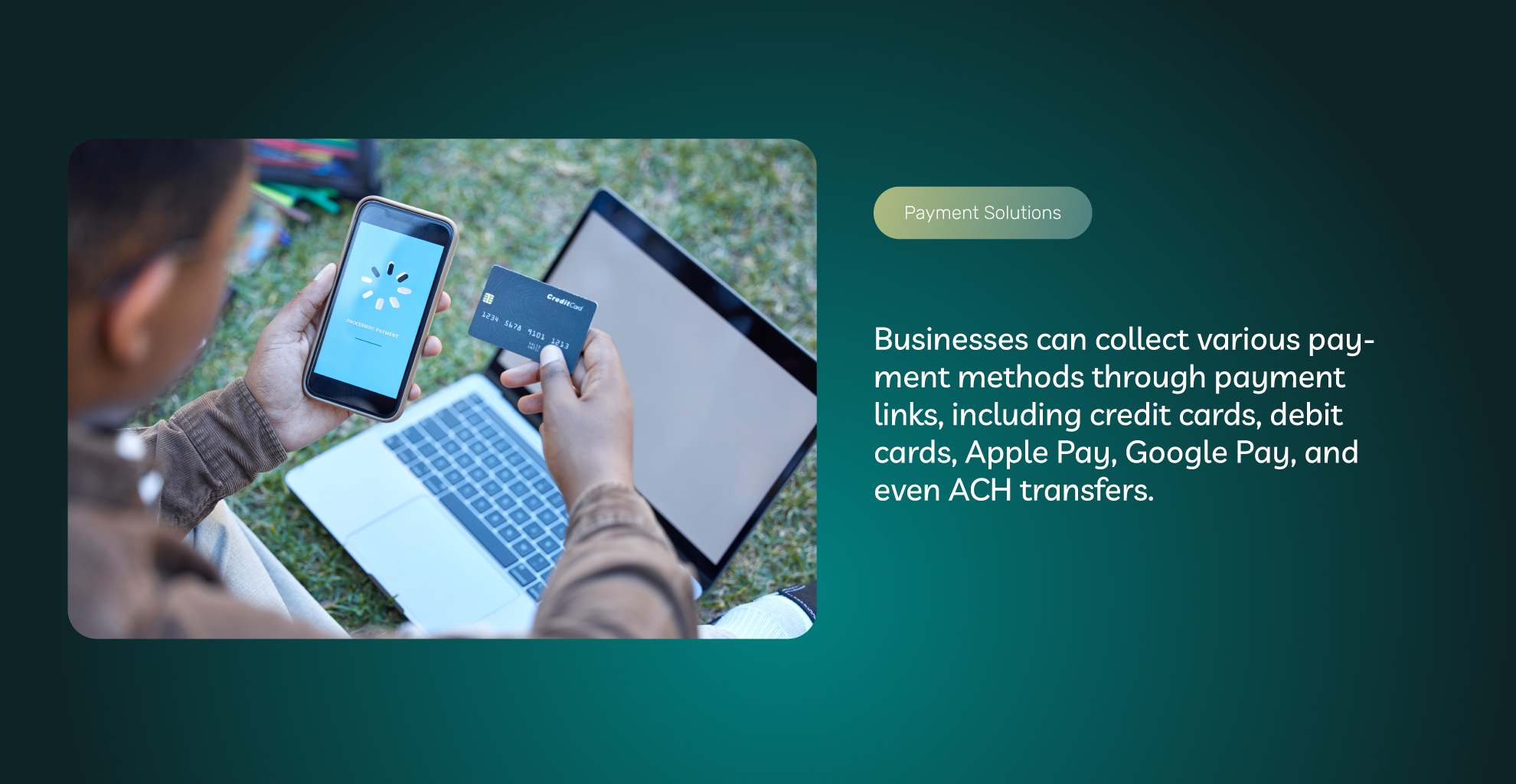
Collect Donations for Causes That Matter
Payment links are also great for charitable collecting. That’s because they are as easy to share as a website URL, with none of the cost of maintaining a website. You can post the payment link on Facebook and ask all your friends to share the link with their friends. It’s even possible to have the payment portal send a message after the sale requesting that the link be shared.
What Payment Links Should I Use?
There are Stripe payment links, PayPal, Venmo, and others. Should you use the payment links provided by these large aggregators? Perhaps. But better options exist.
You may find that a smaller payment processing company, like ECS Payments, can offer greater personalization and customization. This flexibility matters, especially if the payment link is clicked on before the goods or services are received (in contrast to those sent as an “invoice”).
These large companies also have notoriously bad customer service. If things go wrong, they are usually only available to answer questions via email or chat, not on the phone. Their fees will also be flat-rate fees that may be higher than more nuanced pricing.
To learn more about payment links and how they can benefit your business, contact us or fill out the form below. We’d love to hear more about you and your business.
Frequently Asked Questions About Collecting Payments Via Payment Links
Payment links are hyperlinks you can share via email, text, social media, or other digital platforms. You can also use a QR code to link in-person payment links to your payment gateway. Payment links direct customers to a payment page where they can enter their credit or debit card information to make a payment.
Yes, you can! While some businesses may prefer having a website for branding purposes, it’s not a necessity to accept online payments with payment links. Sending customers payment links is independent of a website and allows you to collect payments without one.
While Stripe, PayPal, and Venmo are popular options for setting up payment gateways, smaller payment processing companies, like ECS Payments, offer greater customization and more flexible fees. Smaller processors usually also provide better customer service and potentially lower fees than larger aggregators. Explore different options and choose a payment link solution that aligns with your business needs.
If you are an eCommerce business, you may require a website to showcase your products. However, certain business types do not need a website to function adequately. Maintaining a website can be expensive and involves costs for development, maintenance, hosting, domain registration, and SSL certificates. However, payment links offer a more cost-effective way for businesses to collect payments without the expenses of a website.
